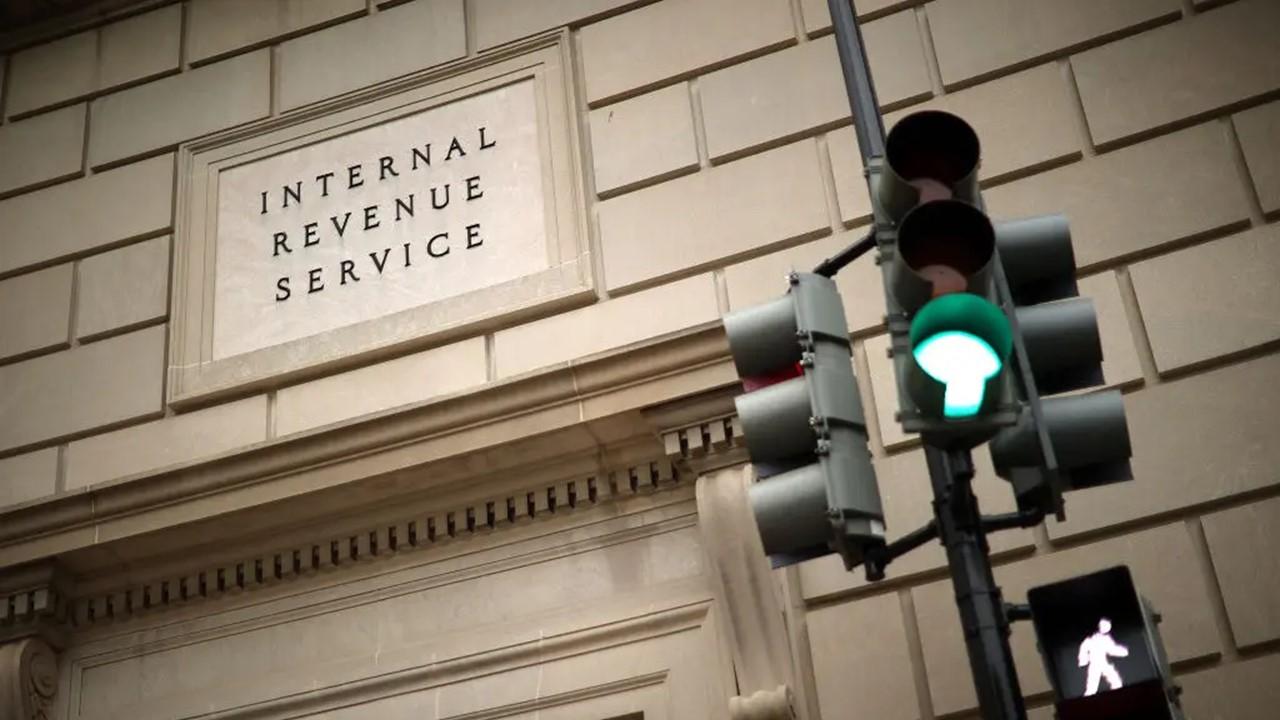Ready to Save More? How the New 401(k) 2023 Contribution Limit Will Impact You
The IRS recently announced that the 2023 401(k) contribution limits have increased to the highest levels in decades. Here's what we know.
March 7 2023, Published 8:42 a.m. ET

If you’re looking for a way to boost your retirement portfolio, you’re in luck. The updated contribution levels for 2023 will make it easier for you to stash away more cash for your future golden years.
The newest 401(k) 2023 IRS contribution limit has changed, which will allow you to tuck more money away and decrease your tax bills too.
So, if you’re wondering what the changes are for 2023 and how the new 401(k) 2023 contribution limit will impact you, keep reading to find out.
What is the 401(k) contribution limit, as reported by the IRS?

On Nov. 21, 2022, the IRS announced that the amount individuals can contribute to their 401(k) plans in 2023 has increased by $2,000 per year.
The income ranges for determining someone’s eligibility to make tax deductible contributions to both traditional and Roth IRAs will also increase.
If you’ve been eager to boost your retirement savings this year, your employer-sponsored 401(k) is a great bet.
What are the 401(k) changes for 2023?
The changes include an all-around increase in contribution limits for 2023 and the elective deferral limits for employee contributions. Those qualified can contribute up to $22,500 from their paycheck to their 401(k).
There's also a new cap on all 401(k) contributions made between you and your employer. The total contributions for 2023 can't exceed $66,000, up from $61,000 in 2022.
The amount individuals can contribute to their SIMPLE retirement accounts will increase to $15,500. And the income limit for the Saver’s Credit for low and moderate-income workers is increasing to $73,000 for married couples, $54,750 for heads of house, and $36,500 for singles or married individuals who file separately.
What is the catch-up contribution for 2023?
If you're 50 or over, you can now add an extra $7,500 to your retirement portfolio, which allows you to set aside up to $30,000 for your 401(k) per year. The catch-up contribution limit for those who participate in the SIMPLE plans will increase $3,000 to $3,500.
The total contribution limit for those 50 and older will rise to $73,500.
How should you optimize your 401(k) contribution limits?
Looking for ways to optimize your 401(k)? We can help you grow and protect your retirement savings.
- Go for a 401(k) match: If your employer offers a match, take advantage of it. It’s the fastest way to boost your balance.
- Stay until you’re fully vested: You won't get to keep the 401(k) match until you’re fully vested, which can be as long as six years at the company.
- Don’t cash out early: If you withdraw money before age 59.5, you’ll face a 10 percent fee and must pay taxes on that money.
- Low fees: Investment plans with high fees means you lose out on retirement funds.
- Maximize tax breaks: Traditional 401(k) plans allow you to defer paying income tax on the money you save for retirement.
- Diversify assets: Your 401(k) could lose money — minimize risk by choosing a mix of stock and bond funds.

